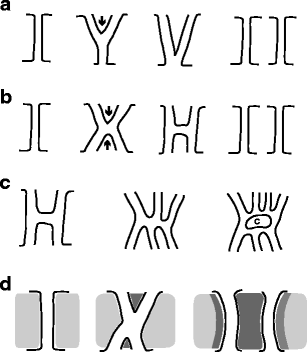Plasmodesmata during development: re-examination of the importance of primary, secondary, and branched plasmodesmata structure versus function
- PMID: 21174132
- PMCID: PMC3025111
- DOI: 10.1007/s00709-010-0252-3
Plasmodesmata during development: re-examination of the importance of primary, secondary, and branched plasmodesmata structure versus function
Abstract
Plasmodesmata (PD) structure and function vary temporally and spatially during all stages of plant development. PD that originate during, or post, cell division are designated as primary or secondary according to classical terminology. PD structure may be simple, twinned, or branched. Studies of PD during leaf, root, and embryo development have lead to the generalization that cells in less mature tissues contain predominantly simple PD. New quantitative analyses reveal that twinned and branched PD also occur in immature tissues. New data also highlight the versatility of viral movement proteins as tags for labeling PD in immature tissues as well as PD in mature tissues. A summary of the formation and function of primary, secondary, and branched PD during leaf, trichome, embryo, apical meristem, vascular cambium, and root development underscores the remarkable and indispensible plant-specific intercellular communication system that is mediated by PD.
Figures




